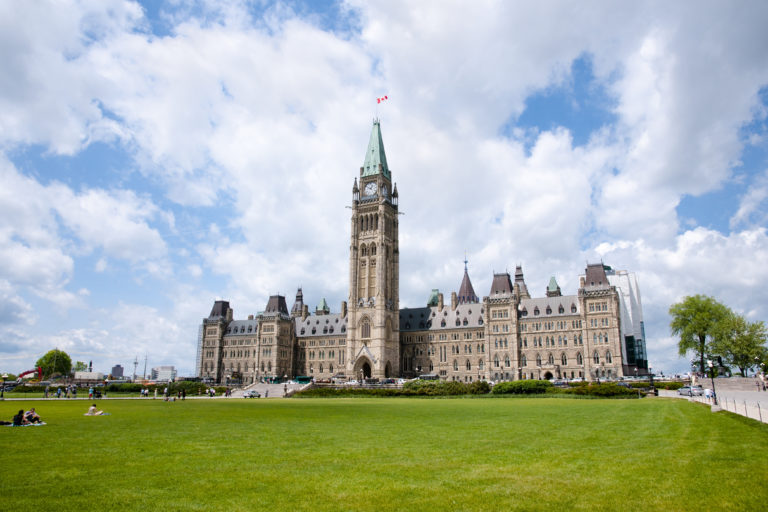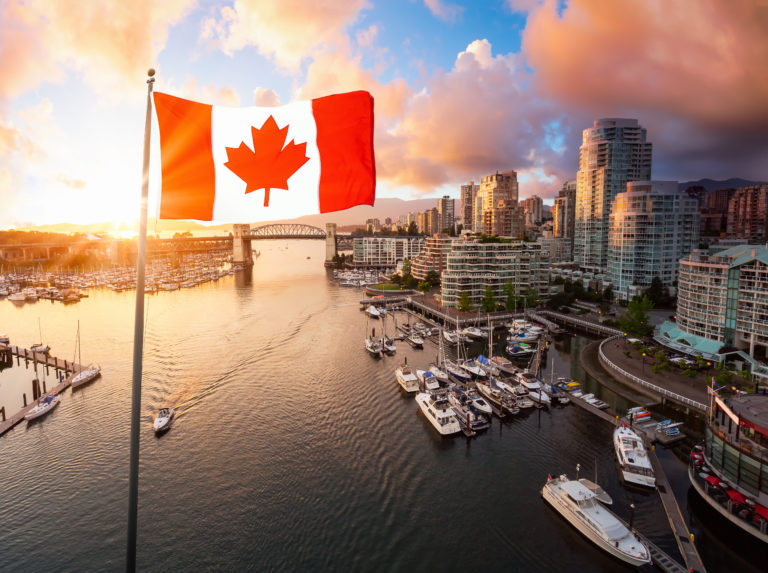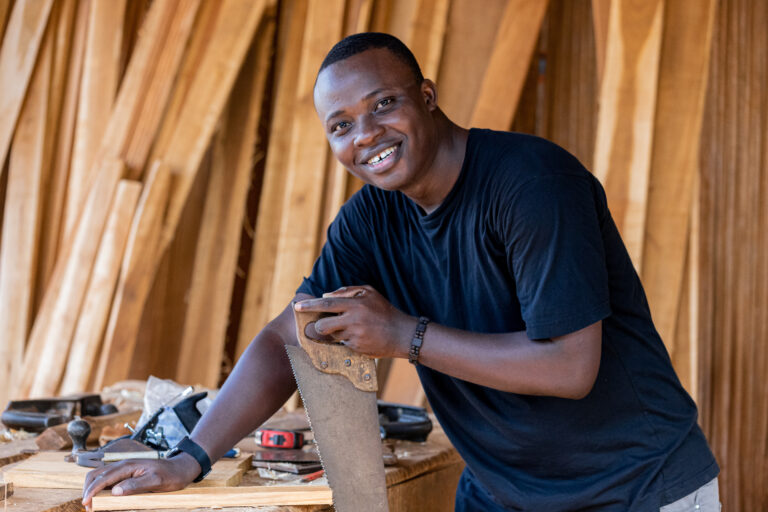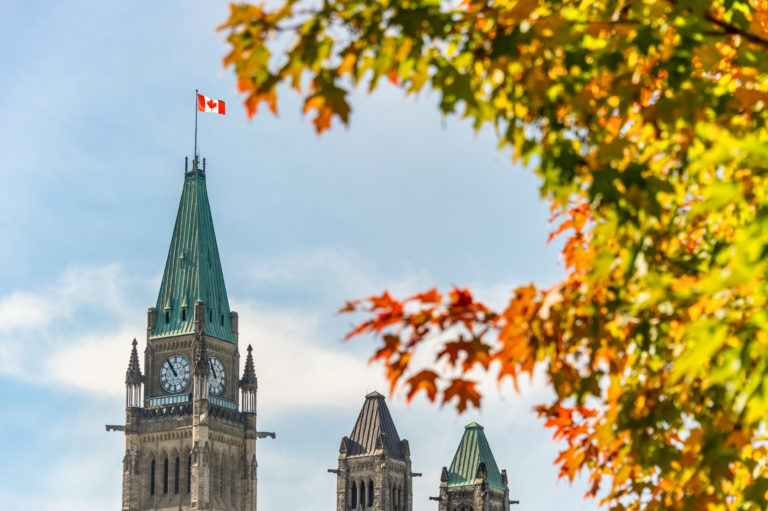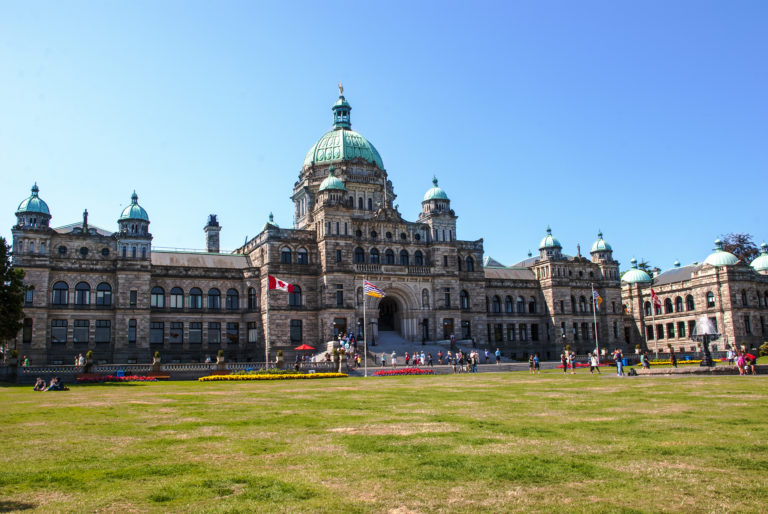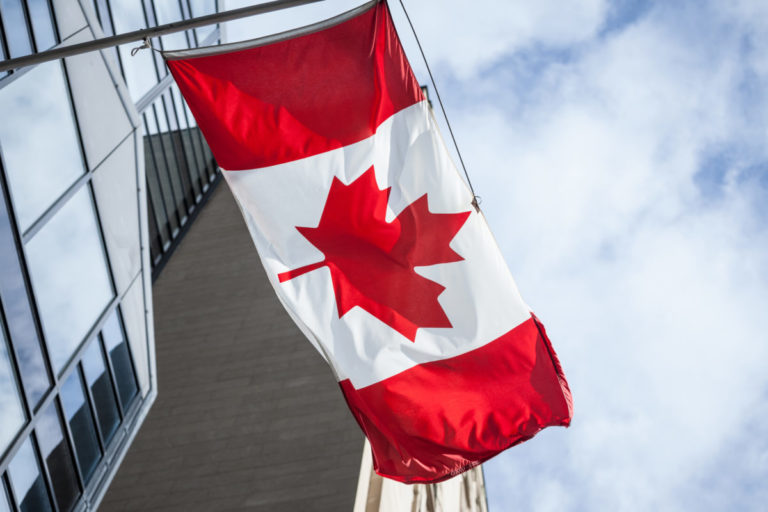Ontario has conducted new draws through the Ontario Immigrant Nominee Program (OINP), issuing 1,656 Canada immigration invitations to mainly skilled trades candidates.
A draw through the Express Entry Skilled Trades Stream on January 13 saw 1,252 invites issued to candidates scoring between 336 and 506 Comprehensive Ranking System points.
The invitations were targeted at the following occupations:
- NOC 72010 – Contractors and supervisors, machining, metal forming, shaping and erecting trades and related occupations
- NOC 72011 – Contractors and supervisors, electrical trades and telecommunications occupations
- NOC 72012 – Contractors and supervisors, pipefitting trades
- NOC 72013 – Contractors and supervisors, carpentry trades
- NOC 72014 – Contractors and supervisors, other construction trades, installers, repairers and servicers
- NOC 72020 – Contractors and supervisors, mechanic trades
- NOC 72021 – Contractors and supervisors, heavy equipment operator crews
- NOC 72022 – Supervisors, printing and related occupations
- NOC 72024 – Supervisors, motor transport and other ground transit operators
- NOC 72101 – Tool and die makers
- NOC 72102 – Sheet metal workers
- NOC 72103 – Boilermakers
- NOC 72104 – Structural metal and platework fabricators and fitters
- NOC 72105 – Ironworkers
- NOC 72106 – Welders and related machine operators
- NOC 72200 – Electricians (except industrial and power system)
- NOC 72201 – Industrial electricians
- NOC 72203 – Electrical power line and cable workers
- NOC 72204 – Telecommunications line and cable installers and repairers
- NOC 72300 – Plumbers
- NOC 72301 – Steamfitters, pipefitters and sprinkler system installers
- NOC 72310 – Carpenters
- NOC 72320 – Bricklayers
- NOC 72321 – Insulators
- NOC 72400 – Construction millwrights and industrial mechanics
- NOC 72401 – Heavy-duty equipment mechanics
- NOC 72402 – Heating, refrigeration and air conditioning mechanics
- NOC 72403 – Railway carmen/women
- NOC 72404 – Aircraft mechanics and aircraft inspectors
- NOC 72406 – Elevator constructors and mechanics
- NOC 72410 – Automotive service technicians, truck and bus mechanics and mechanical repairers
- NOC 72422 – Electrical mechanics
- NOC 72423 – Motorcycle, all-terrain vehicle and other related mechanics
- NOC 72500 – Crane operators
- NOC 73100 – Concrete finishers
- NOC 73101 – Tilesetters
- NOC 73102 – Plasterers, drywall installers and finishers and lathers
- NOC 73110 – Roofers and shinglers
- NOC 73111 – Glaziers
- NOC 73112 – Painters and decorators (except interior decorators)
- NOC 82031 – Contractors and supervisors, landscaping, grounds maintenance and horticulture services
- NOC 92100 – Power engineers and power systems operators
On January 10, the province issued 402 invitations through its Employer Job Offer: Foreign Worker stream to candidates scoring 35 and above on Ontario’s Expression of Interest system.
The following occupations were targeted:
- NOC 22212 – Drafting technologists and technicians
- NOC 22221 – User support technicians
- NOC 22222 – Information systems testing technicians
- NOC 22301 – Mechanical engineering technologists and technicians
- NOC 22302 – Industrial engineering and manufacturing technologists and technicians
- NOC 22311 – Electronic service technicians (household and business equipment)
- NOC 22312 – Industrial instrument technicians and mechanics
- NOC 72010 – Contractors and supervisors, machining, metal forming, shaping and erecting trades and related occupations
- NOC 72011 – Contractors and supervisors, electrical trades and telecommunications occupations
- NOC 72012 – Contractors and supervisors, pipefitting trades
- NOC 72013 – Contractors and supervisors, carpentry trades
- NOC 72014 – Contractors and supervisors, other construction trades, installers, repairers and servicers
- NOC 72020 – Contractors and supervisors, mechanic trades
- NOC 72021 – Contractors and supervisors, heavy equipment operator crews
- NOC 72022 – Supervisors, printing and related occupations
- NOC 72024 – Supervisors, motor transport and other ground transit operators
- NOC 72101 – Tool and die makers
- NOC 72102 – Sheet metal workers
- NOC 72103 – Boilermakers
- NOC 72104 – Structural metal and platework fabricators and fitters
- NOC 72105 – Ironworkers
- NOC 72106 – Welders and related machine operators
- NOC 72200 – Electricians (except industrial and power system)
- NOC 72201 – Industrial electricians
- NOC 72203 – Electrical power line and cable workers
- NOC 72204 – Telecommunications line and cable installers and repairers
- NOC 72300 – Plumbers
- NOC 72301 – Steamfitters, pipefitters and sprinkler system installers
- NOC 72310 – Carpenters
- NOC 72320 – Bricklayers
- NOC 72321 – Insulators
- NOC 72400 – Construction millwrights and industrial mechanics
- NOC 72401 – Heavy-duty equipment mechanics
- NOC 72402 – Heating, refrigeration and air conditioning mechanics
- NOC 72403 – Railway carmen/women
- NOC 72404 – Aircraft mechanics and aircraft inspectors
- NOC 72406 – Elevator constructors and mechanics
- NOC 72410 – Automotive service technicians, truck and bus mechanics and mechanical repairers
- NOC 72422 – Electrical mechanics
- NOC 72423 – Motorcycle, all-terrain vehicle and other related mechanics
- NOC 72500 – Crane operators
- NOC 73100 – Concrete finishers
- NOC 73101 – Tilesetters
- NOC 73102 – Plasterers, drywall installers and finishers and lathers
- NOC 73110 – Roofers and shinglers
- NOC 73111 – Glaziers
- NOC 73112 – Painters and decorators (except interior decorators)
- NOC 82031 – Contractors and supervisors, landscaping, grounds maintenance and horticulture services
- NOC 92100 – Power engineers and power systems operators
Meanwhile, a further January 10 draw saw two invitations issued to Economic Mobility Pathway candidates, Ottawa’s skilled worker stream for refugees.
Read More
Ontario Immigrant Nominee Program Issued 9,750 Nominations In 2022
Ontario Invites 14 Canada Immigration Candidates In New Entrepreneur Draw
Ontario Masters Graduate Draw: Province Issues 725 Canada Immigration Invitations
Express Entry Skilled Trades Stream Draw
| Date | NOIs | CRS Score Range | Express Entry profile submission date |
| 13-01-2023 | 1,252 | 336-506 | January 13, 2022 – January 13, 2023 |
Ontario Employer Job Offer: Foreign Worker Stream Expression of Interest Draw
| Date issued | Number of invitations issued | Date profiles created | Score range | Notes |
| 10-01-2023 | 402 | November 22, 2022 – January 10, 2023 | 35 and above | Targeted draw for skilled trades occupations. |
| 10-01-2023 | 2 | November 22, 2022 – January 10, 2023 | N/A | Targeted draw for Economic Mobility Pathways Project candidates. |
Video
Ontario Express Entry: Skilled Trades Stream
The Express Entry Skilled Trades Stream targets skilled trades workers in the construction and agricultural sectors but could be expanded in the future.
To qualify applicants must have:
- Active profile under the Federal Express Entry system.
- At least 12 months, cumulative or continuous, of full-time paid work experience in Ontario, within the last two years prior to the Notification of Interest, in NOC major groups 72 (excluding occupations under transportation officers), 73, 82, 83, 93 (excluding aircraft assemblers and aircraft assembly inspectors) or minor group 6320 (excluding cooks).
- Proof of Ontario license or certification if an occupational requirement.
- A valid work permit and residing in Ontario at the time of application.
- Minimum language CLB/NCLC level 5 or above in English or in French.
- Proof of required settlement funds.
Employer Job Offer: Foreign Worker Stream Eligibility Requirements
To qualify under this stream, applicants must have:
- A permanent and full-time job offer under NOC TEER category 1, 2 or 3 that meets the median wage levels for Ontario, and is in a position that is necessary to the business;
- For those already working in the position, the proposed wage must be equal or greater than the current wage being paid
- Two cumulative years of relevant work experience in the previous five years before the date of application;
- Relevant mandatory licensing in Ontario, if the position so requires;
- Live abroad, or be working, studying or visiting Canada on a valid permit;
- Intention to settle in Ontario.
